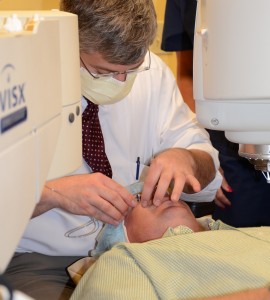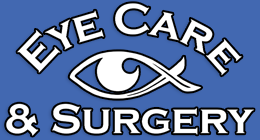Lasik Eye Surgery near Bedford County
 If you have a refractive error, such as nearsightedness (myopia), farsightedness (hyperopia), astigmatism or presbyopia, refractive surgery is a method for correcting or improving your vision. This surgical procedure is used to adjust your eye’s focusing ability by reshaping the cornea,
If you have a refractive error, such as nearsightedness (myopia), farsightedness (hyperopia), astigmatism or presbyopia, refractive surgery is a method for correcting or improving your vision. This surgical procedure is used to adjust your eye’s focusing ability by reshaping the cornea,
or clear, round dome at the front of your eye.
Other procedures involve implanting a lens inside your eye. The most widely performed type of refractive surgery is LASIK (laser-assisted in situ keratomileusis), where a laser is used to reshape the cornea.
LASIK:
LASIK (laser-assisted in situ keratomileusis) is an outpatient refractive surgery procedure used to treat nearsightedness, farsightedness and astigmatism. A laser is used to reshape the cornea — the clear, round dome at the front of the eye — to improve the way the eye focuses light rays onto the retina at the back of the eye.
With LASIK, an eye doctor creates a thin flap in the cornea using either a blade or a laser. The surgeon folds back the flap and precisely removes a very specific amount of corneal tissue under the flap using an excimer laser. The flap is then laid back into its original position where it heals in place. For people who are nearsighted, LASIK is used to flatten a cornea that is too steep. Farsighted people will have LASIK to achieve a steeper cornea. LASIK can also correct astigmatism by shaping an irregular cornea into a more normal shape.
It is important that anyone considering LASIK have realistic expectations. LASIK allows people to perform most of their everyday tasks without corrective lenses. However, people looking for perfect vision without glasses or contacts run the risk of being disappointed. Patients at Eye Care & Surgery typically have achieved between 20/20 and 20/40 vision without glasses or contact lenses.
If you are interested in more information or would like to see if you are candidate for LASIK surgery; contact Michael Geres at Eye Care & Surgery.

